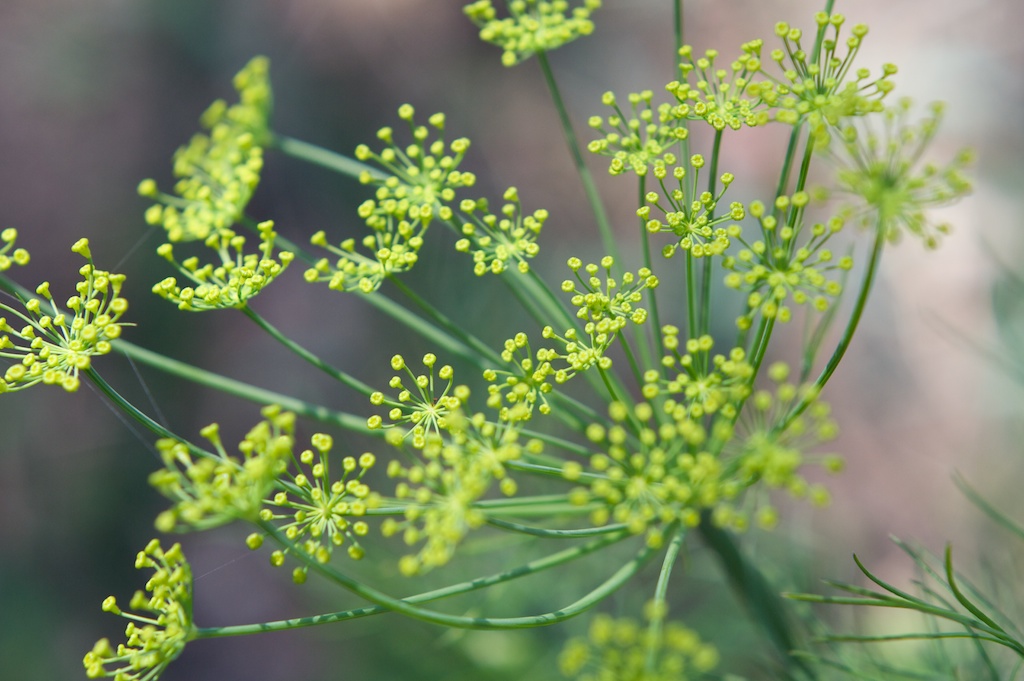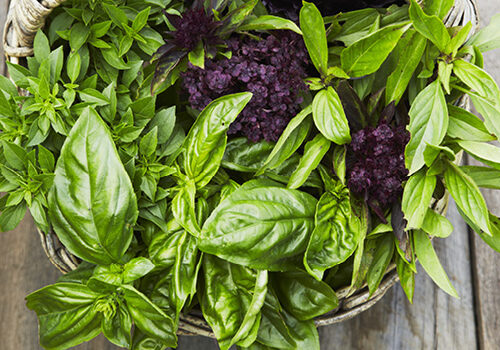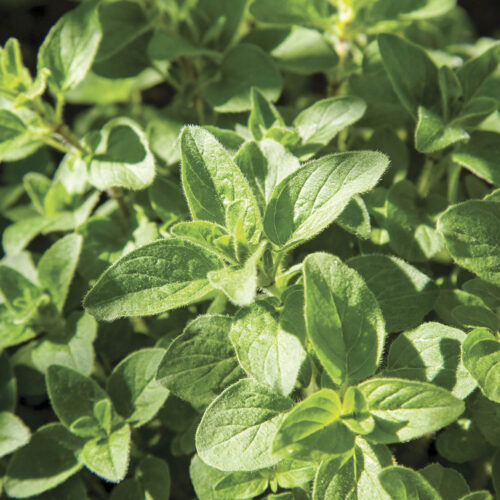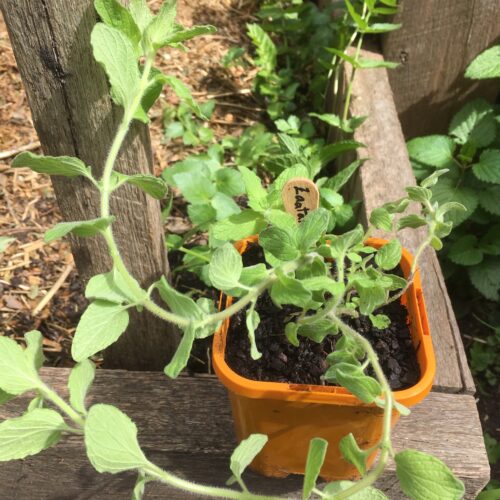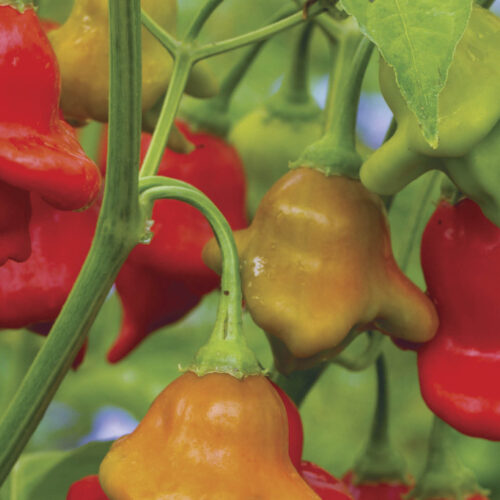Dill is for digestion
2014-12-14T23:01:02+11:00
This ‘gallant expeller of wind’ eases indigestion caused by Christmas fare, says PENNY WOODWARD.
Dill (Anethum graveolens) is the perfect plant to have on hand at this time of the year because it is so good at soothing indigestion. Both the seeds and leaves can be made into a tea that will ease a stomach-ache caused by wind, and dill water will relieve colic. Make dill tea by pouring boiling water over some crushed, fresh leaves or a half teaspoon of dill seed. Leave to infuse for a few minutes and then drink. You can also chew the seeds to sweeten the breath. Ancient Romans would pass around a bowl of dill seed to chew on at the end of a meal to relieve indigestion caused by over-eating, especially of rich fatty foods. So it is the perfect Christmas fare.
This tall herb with feathery blue-green leaves grows from a taproot to one metre or more. Dill grows easily from fresh seed sown from spring to autumn, preferably where the plants are to grow, as they don’t like to be transplanted. In summer it is best to plant them where they will only get morning sun. In warm weather, plants will go from the first leaves poking through the soil, to maturity in about seven weeks, so you’ll need successive plantings to maintain a supply of fresh leaves. Dill likes an open, sunny position with well-drained but compost-rich soil and plenty of water during dry periods.
It’s a fabulous plant for a wild garden, or grown near vegetables or fruit trees, as the flowers attract bees and other beneficial insects.
Pick bunches of leaves at any time to be used in salads or other dishes. Always use fresh as the flavour is lost when leaves are dried. They have a distinct but pleasant flavour, not strongly aniseed like fennel, more a combination of parsley, celery and mild anise. In European countries the leaves, called dill weed, are combined with salmon and other fish, as well as chicken, also with eggs and potato salad. Dill is probably best known for its use with cucumbers to make dill pickle: small cucumbers or gherkins added to dill leaves and seeds in vinegar.
As the plant develops, leaves stop growing and the plant gets taller and produces the large umbrella-shaped flower heads with tiny yellow flowers that are followed by the distinctive flat oval brown seeds which self-sow readily if left on the plant. Harvest seed just as they start to turn from green to brown. Pick the whole flower head and dry by hanging upside down in bunches with the seed heads covered by paper bags. Once the seeds are completely dry they will have dropped into the bottom of the bags. Store them in a sealed jar away from direct light. Dill seed has a more anise-combined-with-caraway flavour, that goes really well in breads, cakes and pies as well as vinegars and pickles.
In medieval times, dill developed a reputation for protecting anyone who carried it against witches and it was a common ingredient in potions and spells. By the beginning of the seventeenth century dill was grown in many countries all over the world because it was known as ‘a gallant expeller of wind’.

